
Official Edgar Rice Burroughs Tribute and Weekly Webzine Site
Since 1996 ~ Over 15,000 Webpages in Archive
Volume 6482


Eclectica Archive |

ECLECTICA v.2024 |

Eclectica Archive |
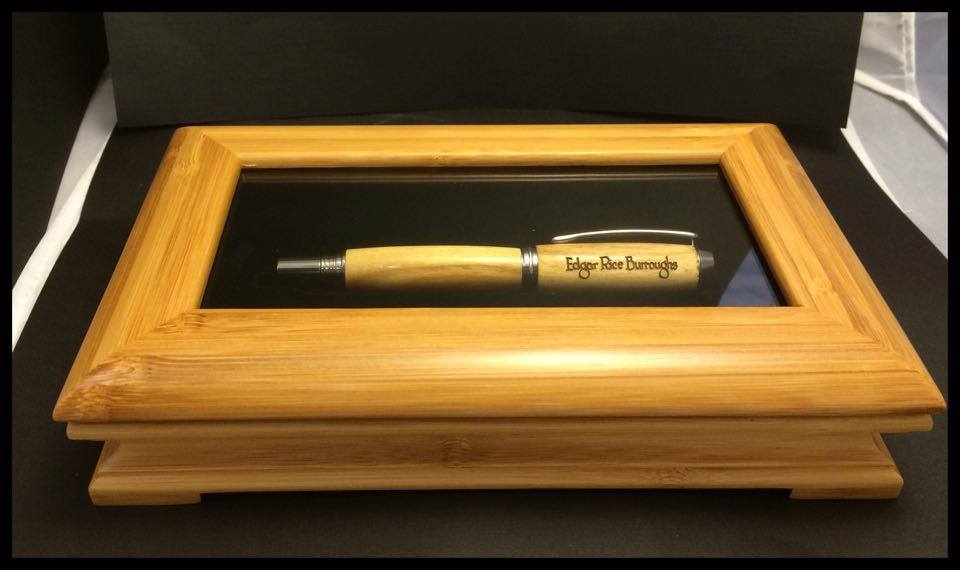
Frank Frazetta’s school report cards.
http://www.icollector.com/Frank-Frazetta_i10646455#
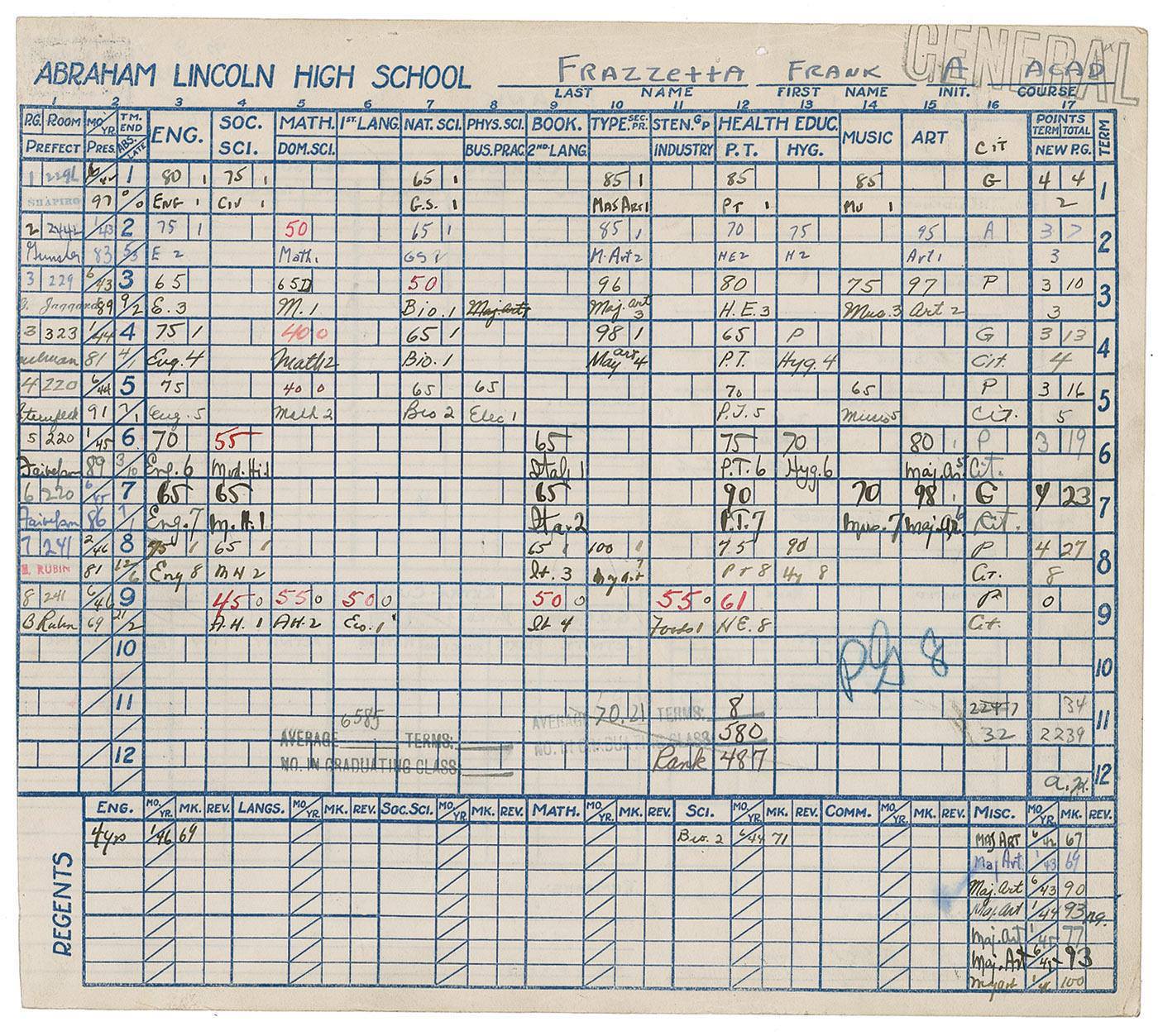
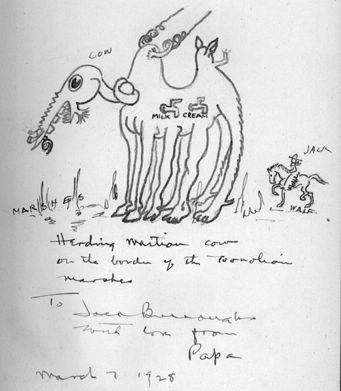
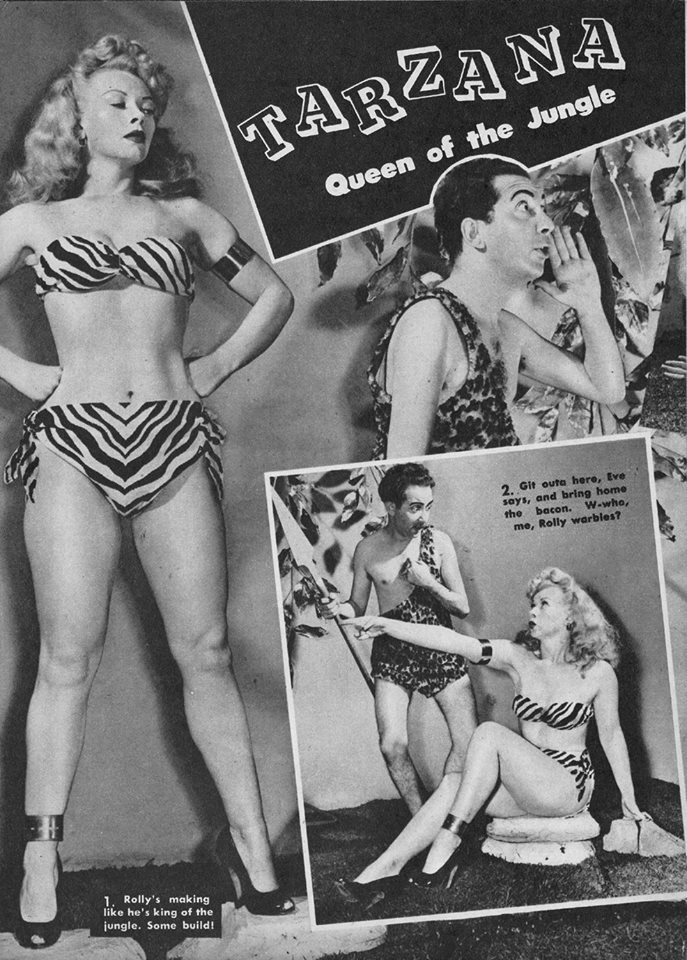
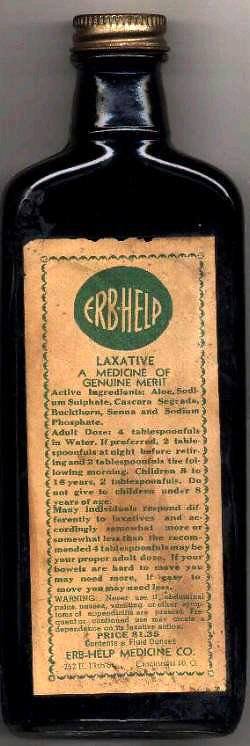
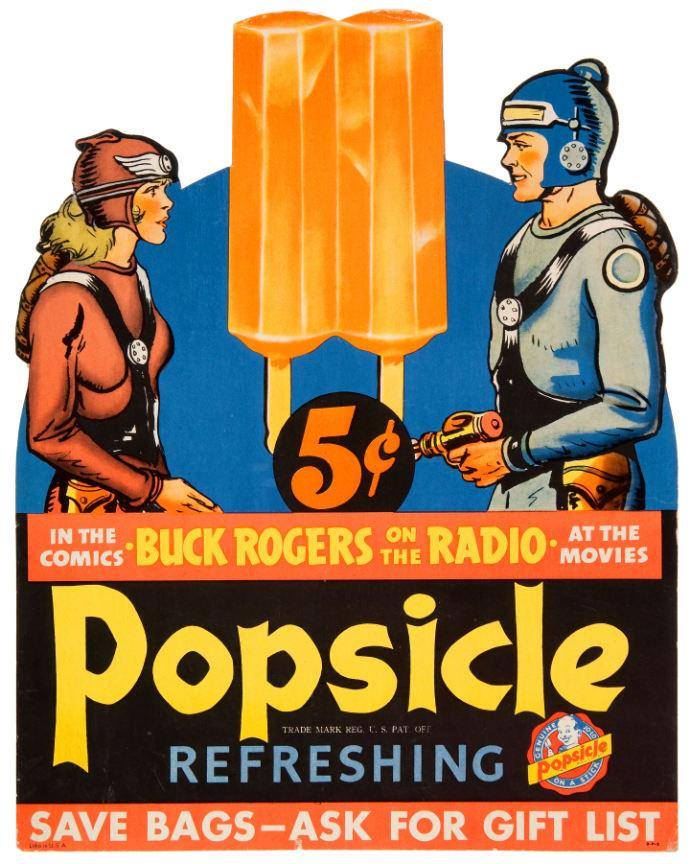
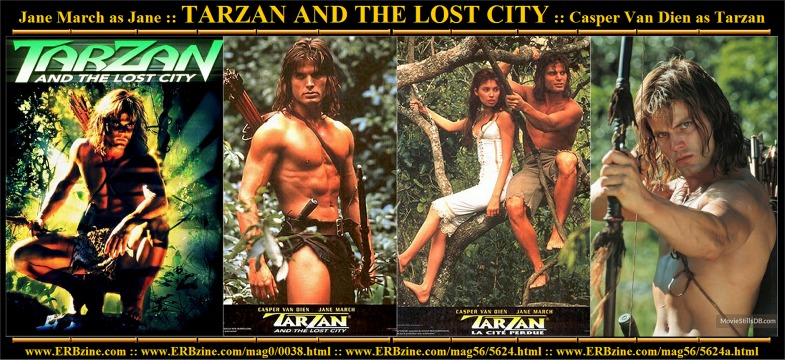
|
ERBzine Silver Screen Page |
Gallery Display I |
Gallery Display II |
I have commented at length (I CAN ramble on!) on this particular film before, but I don't mind doing it again! I can understand why the purist Burroughs nit-pickers might be critical of various aspects (I tend to be one of those myself!...), but I've always thought it has been TERRIBLY UNFAIR how film critics VEHEMENTLY lamblast this Tarzan movie. I consider it a sorta modern "B-movie", for sure; but I always thought it was a GOOD B-movie! And in comparison with so many other REALLY BAD Tarzan movies, I think it is one of the best, and rather more Burroughs-esque than most!Some of the things I really liked about it included the animal portrayals--mainly the fact that this was THE FIRST to have Tarzan riding a REAL African elephant, and not an Asian with rubber ears or what-not! And not just dubbing in unrelated film shots of Africans, and splicing them in the film! The fake apes were purty bad (take it from someone who impersonated Bigfoot during his wayward youth!), BUT--at least they WERE a sort of MANGANI--NOT chimps or gorillas--I liked that.
I liked the lion portrayals, and the venomous snake bit was great--something I don't think any other Tarzan movie has portrayed (plenty of constrictors in many of the films, but no venomous ones--something very much on one's mind when crawling through the bush in Africa--I can also verify THAT by personal experience!). Even if Mugambi was more about helping Tarzan return to his roots rather than really needing his help(ha!).
I liked the more positive, inclusive use of the African natives, especially when so many knee-jerkers are always trying to make everything "Tarzan" somehow racist (hurrumph!). I liked Jane Marche's portrayal of Jane (even if she WAS English...), and I thought Casper Van Dien was one of the better physical portrayals, grey eyes and all! And his athleticism was great (and bowmanship!). And having "worked" as an Xtra in "Last Of The Mohicans" where what's-his-face (Ravens) also starred, I can sympathize (and tell some funny stories about! But perhaps another time...) anyone having to put up with THAT guy! And I LOVE that is was filmed in Africa, at least, even if it was South Africa--NO SUBSTITUTE (for me) for the REAL Africa!
Overall I enjoyed it very much(first viewed in a now extinct Drive-In theatre!), and do not think it deserves the hateful negative parroting the "professional" critics have given it over the years. It deserves better.....
Happy B-Day ERB! On Sept. 1, 1875, in Chicago, Illinois, author Edgar Rice Burroughs was born. This is a big deal. In fact if you consider space travel to be mankind’s greatest achievement, then Burroughs’ birth is quite possibly the biggest thing to have ever happened.
Why Edgar Rice Burroughs’ birthday is a big deal
Edgar Rice Burroughs (1875 - 1950)
Books ~ Comics ~ Movies ~Sci-Fi & Fantasy
September 1 ~ Bob LeeperWe have recognized Jack Kirby’s birthday and celebrated his influence on popular culture, and while the “King of Comics’ certainly deserves the attention and accolades it is doubtful that any of us would have ever known his name were it not for the influence of Edgar Rice Burroughs’ fantasy stories.
So how is it possible that one man – a guy that was, by his own self-effacing admission, an amiable loser until he was in his mid-thirties and who, even after becoming a hugely successful author, was often criticized for his cumbersome writing skills – would come to have so much influence over our culture and scientific endeavors? Let’s connect the dots.
Under the Moons of Mars
In July 1911, at 35 years old, Burroughs was, of all things, a pencil-sharpener sales manager; and with time to kill while his staff was out peddling office products he decided to pick up a pencil, and on a piece of scrap paper he began to write. At that precise moment, when the would-be author put pencil to paper and let his unbridled imagination flow through his fingers, the planets shook, the stars brightened, and a paradigm shift occurred unlike any other in the history of popular culture.Burroughs' first Barsoom (or John Carter of Mars) story, “Under the Moons of Mars” (originally titled by the author as “Dejah Thoris, Martian Princess”), was published in the pulp magazine, The All-Story, in its February 1912 edition. At that time the American readers of the working class could only afford the cheap pulp magazines for entertainment, and they loved Burroughs’ incredible stories so much that the All-Story publisher eagerly prodded the author to produce more.
His next published story was “Tarzan of the Apes” and Burroughs had finally found his true calling as a writer. Tarzan became one of the most popular and beloved fictional characters ever created – still thrilling audiences today in the Ape Man’s most recent film, The Legend of Tarzan.
Burroughs continued to write pulp serial stories that then went on to become 10 Mars novels, over 20 Tarzan novels, a half-dozen Pellucidar novels and dozens of other books and stories (including a couple of Westerns that are set right here in Nerdvana’s home state of Arizona.)
Pulp Magazines
Burroughs set the standard for excitement and adventure in the pulp stories; and in the book “Danger Is My Business” the illustrated history of pulp magazines, author Lee Server says, “The February, 1912, issue of All-Story marked the professional debut of a writer [Burroughs] whose importance to the history of pulp magazines is comparable to D. W. Griffith’s place in the history of film.” [D.W. Griffith is the American film director, writer and producer who pioneered modern filmmaking techniques, widely recognized as the “Inventor of Hollywood.”]We’ve all seen Back to the Future, right? We’ll, I’m not sure how things would have turned out if Marty McFly had never existed, but I’d like you to imagine what the world might have been like if Edgar Rice Burroughs had never written his pulp fantasy stories. Spider-Man, Batman, Deadpool, Captain America, Iron Man, Wonder Woman, Ant-Man… I think everyone would agree that none of these characters (or any other costumed hero) would have existed without the first costumed comic-book hero – Superman. And Superman creator Jerry Siegel acknowledged that Superman – an alien who gains super powers due to his host planet’s weaker gravity – was inspired by Burroughs’ John Carter of Mars.
Stan Lee on Edgar Rice Burroughs
Superman was also influenced by the pulp hero, Doc Savage, who was, also, most likely inspired by the pulp stories that Burroughs was instrumental in making popular. Batman was also inspired by the Tarzan stories, with both heroes being orphans with extraordinary abilities, but neither with superhuman powers. Batman was also influenced directly by the radio & pulp hero, The Shadow, who was also very likely inspired by the popularity of Burroughs’ pulp stories.Stan Lee, the co-creator of the Marvel Universe (along with the aforementioned Jack Kirby – who was also heavily influenced by pulp magazines), often cites Burroughs as one of his influences, and in his recent graphic novel biography, Amazing Fantastic Incredible: A Marvelous Memoir, he is even depicted as a kid reading Burroughs’ A Princess of Mars.
With John Carter of Mars, Burroughs created the space opera (or planetary romance) that inspired countless imitators, including Buck Rogers, Flash Gordon, Star Trek, Star Wars, Battlestar Galactica, Avatar, and even the recent Jupiter Ascending. A Princess of Mars Writer/Director James Cameron said, “With Avatar, I thought, forget all these chick flicks and do a classic guys’ adventure movie, something in the Edgar Rice Burroughs mold, like John Carter of Mars.” [See newyorker.com.]
Regarding Star Trek creator Gene Roddenberry, author Mark Clark of the book Star Trek FAQ said, “Young Gene escaped…by reading pulp magazines (he was especially fond of Edgar Rice Burroughs’ John Carter of Mars…).”
Star Wars creator, George Lucas, said, “Originally, I wanted to make a Flash Gordon movie, with all the trimmings, but I couldn’t obtain all the rights. So I began researching and found where (Flash Gordon creator) Alex Raymond got his idea… the works of Edgar Rice Burroughs, especially his John Carter series of books.” Setting the record straight, before there were Jedis there were Jeddaks, before there were Banthas there were Banths, before there was a Wookiee there was a Woola, and before there was Princess Leia there was Dejah Thoris, the incomparable Princess of Mars.
In the film The Right Stuff astronaut Gus Grissom famously says, “No bucks, no Buck Rogers.” But I would change that statement to say, ‘No Burroughs, no Buck Rogers… and furthermore, no Buck Rogers, no Flash Gordon (or ‘Flash’ the scarlet speedster, for that matter); and no Flash Gordon, no Star Wars.’ You see how it all traces back to the imaginative brain of Burroughs.
Multiple science professionals were lured to the study of space and science through Burroughs’ stories. In renowned science-fiction author Ray Bradbury’s forward for Author C. Clarke’s biography he describes a meeting at Cal Tech (that included Bradbury, Clarke, Cosmos’ Carl Sagan and the Cal Tech team of mechanics and engineers) as they were preparing for the Viking mission to Mars. Bradbury said, “We discovered, first off, that all of us had been led through space towards Mars by one author, Edgar Rice Burroughs.”
Bradbury is also quoted as saying, “By giving romance and adventure to a whole generation of boys, Burroughs caused them to go out and decide to become special… I’ve talked to more biochemists and more astronomers and technologists in various fields, who, when they were ten years old, fell in love with John Carter and Tarzan and decided to become something romantic. Burroughs put us on the moon. All the technologists read Burroughs” [See Listen to the Echoes: The Ray Bradbury Interviews by Ray Bradbury and Sam Weller.]
Now imagine everything I’ve mentioned here – never existing. If the artists, authors and filmmakers who created every single one of those pop culture mainstays, and the professionals who worked on developing the scientific and engineering marvels that allow space-travel had never read an Edgar Rice Burroughs story it’s possible that none of these things would have ever happened.
So the next time you see something in popular cultural or modern science – especially anything that involves heroics or adventure – consider where it came from and trace the lines of its origin back in time. The odds are you will eventually arrive in Chicago, on September 1st, 1875, the birthday of Edgar Rice Burroughs.
BETTER KNOW BURROUGHS:
Tarzan The Centennial Celebration by Scott Tracy Griffin
The official Edgar Rice Burroughs website, Edgarriceburroughs.com, is a great place to begin your journey of ERB discovery; or get hip to the latest books, comics and movies (and swag) that ERB, Inc. has to offer.ERBzine.com is the ultimate resource for everything Edgar Rice Burroughs. Visit at your own risk as you may happily be there for days, mesmerized while pouring over the life and works of the great-grandfather of pop culture.
Burroughs historian Michael Sellers’ websites THEJOHNCARTERFILES.COM and THETARZANFILES.COM are an amazing source for facts, news stories and thought-provoking commentary on the still unfolding legend of Edgar Rice Burroughs.
Scott Tracy Griffin is the author of two beautiful, must-have books on the history of Tarzan. Find out more by reading: Interview: Tarzan on Film author Scott Tracy Griffin talks apes, actors and Edgar Rice Burroughs.
"YOU SAY YOU WANT A REVOLUTION" It was the existence of a power-mad and oppressive government ruler that first sent Tarzan's father to Africa back at the start of the 20th century when the original story was written by Edgar Rice Burroughs, and oppressive governments and revolutions have continued to plague the continent to this day. So it's logical that Tarzan would eventually encounter one of these despots, and that's the scenario that Thomas Zachek employs in his latest entry in the Tarzan canon.
The review of the Thomas Tom Zachek book, "Tarzan and the Revolution," on Amazon.
Can be purchased there or from ERB Inc. Here's the review:
TARZAN DEALS WITH A DICTATOR..."Tarzan and the Revolution" is the second novel Zachek has written for the "Wild Adventures of Edgar Rice Burroughs" series, which is being published by ERB Inc. to satisfy the craving of fans who want more adventures of the heroes and the peoples popularized by Burroughs in his writing career. In addition to some new Tarzan novels by Zachek and others, there have also been "Wild Adventures" books in the ERB worlds of the Moon, the inner world of Pellucidar, and the distant solar system that includes the warring planet of Poloda.
"Revolution" is a good, fast read which takes Tarzan and the Waziri on a trek to Opar once again as part of the tribe's effort to deal with the cruel new revolutionaries who have taken power and are kidnapping the young men of many tribes to force them to become members of the revolutionary army.Some supporting characters include a journalist and a small group of Peace Corps volunteers, all of whom get caught up in the snare of the merciless dictator.
For anyone who wonders why Tarzan is still around after 100 or so years and fit enough to do things like this, the ape man -- as every fan of ERB's Tarzan knows -- was, in his 20s, given a secret jungle treatment that has blessed him with a long, long life!
Zachek's first Tarzan book was called "Tarzan Trilogy" and contained three novelettes set in the World War II era.
There's plenty here for both fans and non-fans to enjoy.- - - - -
Shown: One of eight interior illustrations by Mike Grell, who also did the front and back jacket illustrations.
The caption for this illustration reads: "He waited for the moment. And then he jumped."
![]()
Sue-On Enjoying One of Countless ERB Conventions

![]()
Den Valdron Musings on Opar
You know what I've always wondered about La of Opar? All those depictions of her as a playboy centrefold model with improbably bouyant breasts and bronze metal pasties.
I've always had trouble with the visualization of La, because it's too... generic, maybe too pin-up girl.I've always seen La in my head as more genuinely savage and feral, not so much a pin-up girl as a savage queen. An athlete's body, just corded with muscles, powerful shoulders. Strong jaw, thick eyebrows, the suggestion of a brow ridge.
This is a woman that rules over a kingdom of frightful men - men and women who aren't quite homo sapiens sapiens - who have visible canines/fangs, and squat heavy builds.
La is either of the race of Frightful men (albeit an exquisite example) and therefore this is her genetic legacy, she's not quite human, something more, something feral. That should be in her depictions.Or she's some hypothetically immortal or near immortal descendant or representative of Opar's original builders, the ancestors of the frightful men.
La shouldn't just be beautiful, she should be dangerous and untamed, powerful and savage.Random thought about the Frightful men of Opar. Isn't it strange that there's a pale skinned, almost pseudo-caucasian race in the middle of Africa? How is this possible? Why haven't they all died of skin cancer.
Given that the Frightful men may not be homo sapiens sapiens... maybe they're nocturnal? Maybe that has something to do with their survival against invaders with superior weapons. When night comes, the Frightful men come out and do their thing?
In one of the later Tarzan adventures, a group of Frightful men strike out from Opar, and get quite a distance without being seen or stopped. Perhaps they were night travellers?
If so, it may be that the Frightful men may be colour blind. That could be interesting. Their vision might extend into deep reds.
This might put an interesting spin on the fact that they're sun worshippers.
![]()

![]()
BILL
HILLMAN
Visit
our thousands of other sites at:
BILL
AND SUE-ON HILLMAN ECLECTIC STUDIO
ERB
Text, ERB Images and Tarzan® are ©Edgar Rice Burroughs, Inc.-
All Rights Reserved.
All
Original Work ©1996-2019/2024 by Bill Hillman and/or Contributing
Authors/Owners
No
part of this web site may be reproduced without permission from the respective
owners.